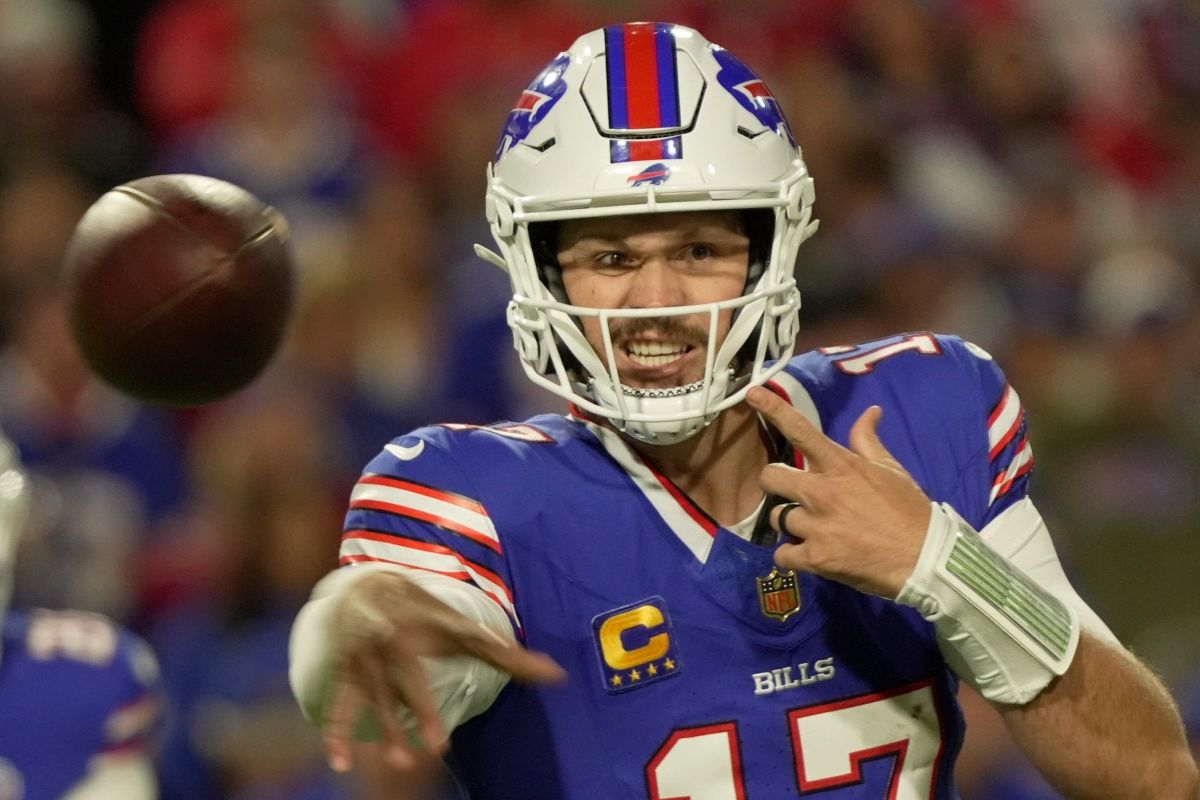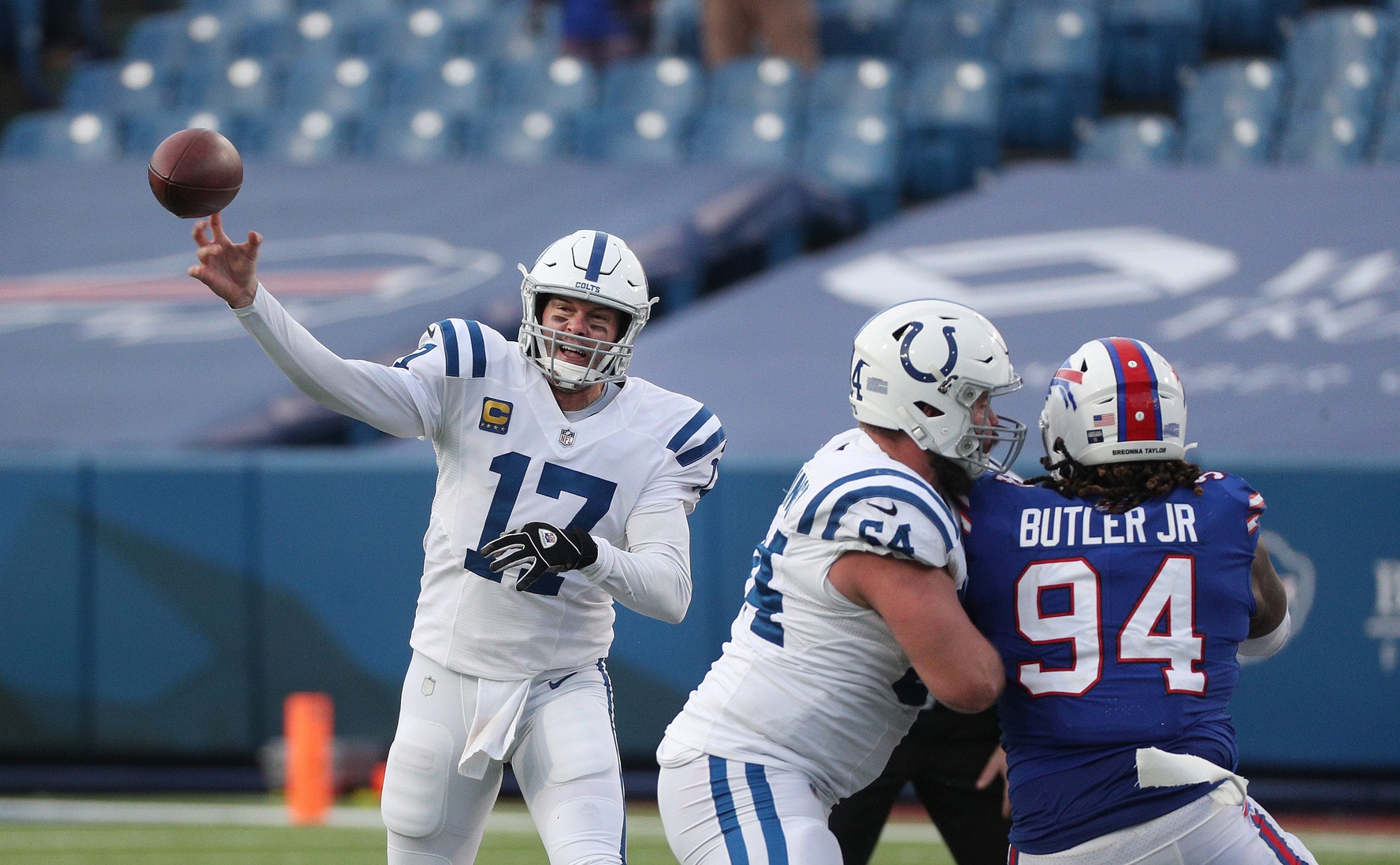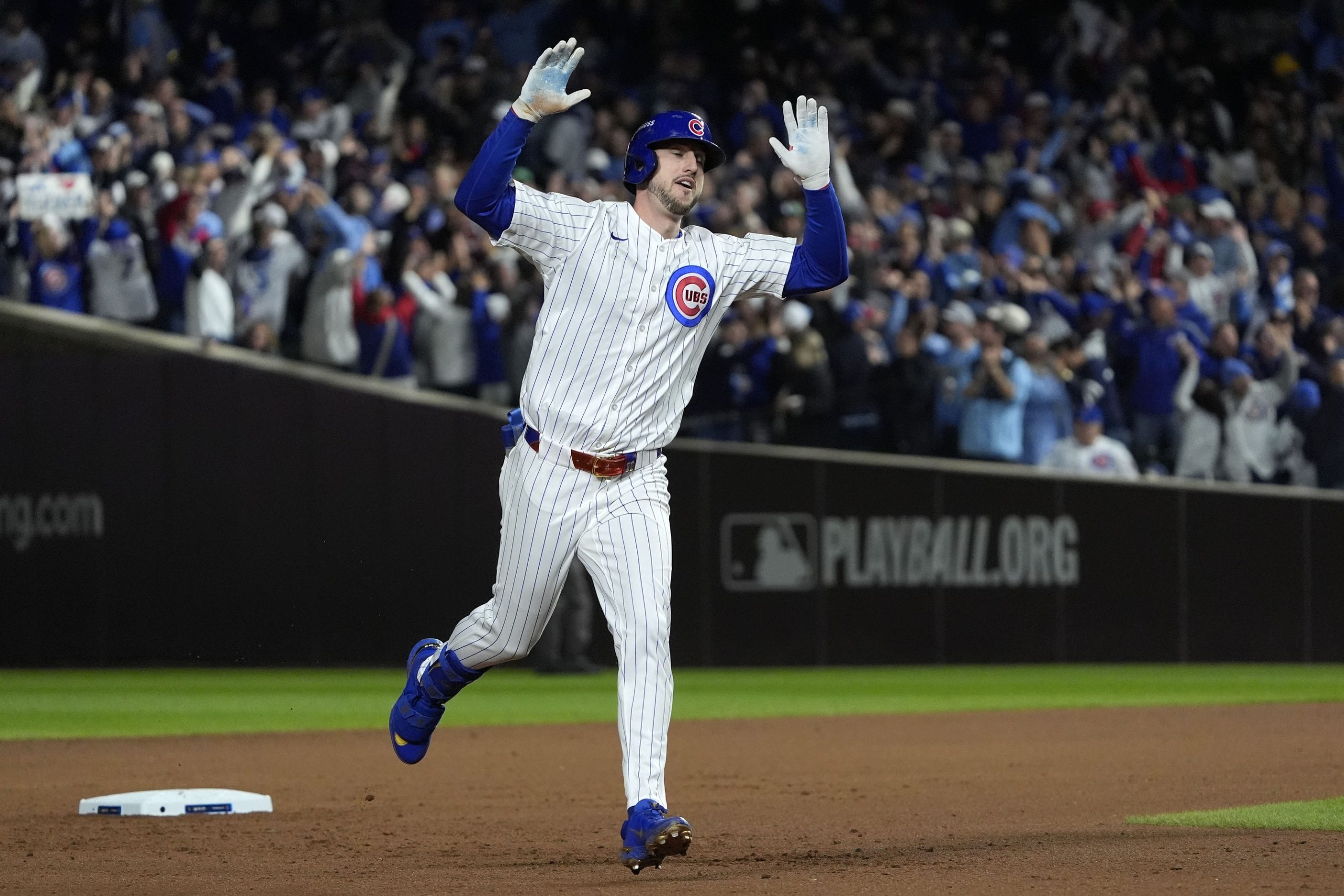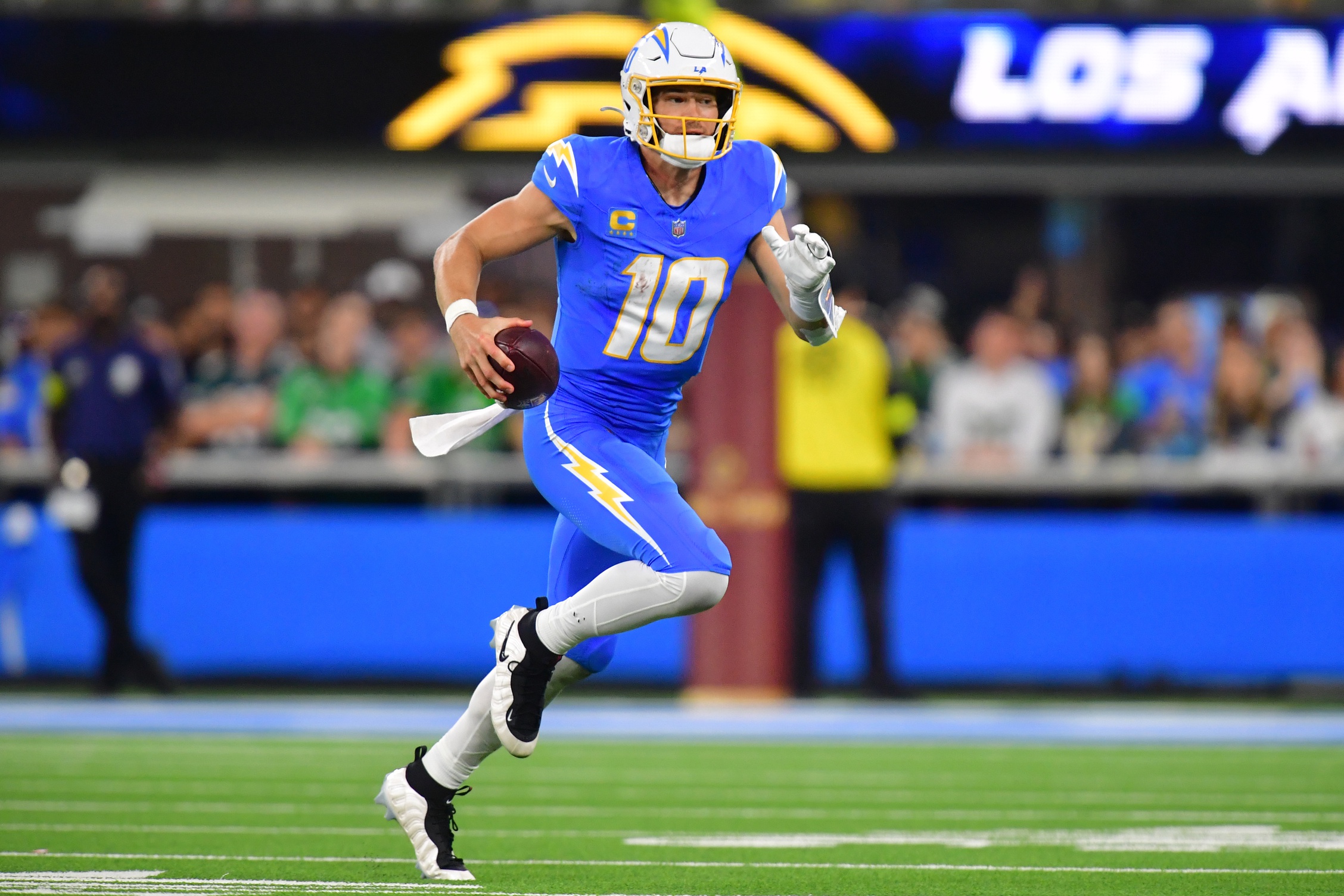GOVERNMENT SHUTDOWN ODDS: HOW DO THEY WORK?

Kalshi is a CFTC-regulated prediction exchange where users buy $1 contracts on real-world events, including the U.S. government shutdown. Prices move in real-time with trader expectations and pay $1 if the outcome occurs, $0 if it doesn't. The Kalshi government shutdown market lists timelines, like 35+ days, with pricing shaped by supply, demand, and news.
A government shutdown isn’t just politics on TV; it’s an event you can trade. If you follow headlines and care about timing when a shutdown ends, this market gives a tradable read on where traders think it’s headed.
New to prediction markets or contract math? Start with our quick guide, or go to the FAQs below.
TL;DR
- $1 contracts on shutdown length, with pricing reflecting trader-implied probabilities and a real-time view of sentiment.
- Prices react to supply and demand, news, and trading volume.
- Regulated by the CFTC after court rulings cleared political and policy markets to list.
WHAT KALSHI IS (AND HOW PREDICTION MARKETS WORK)
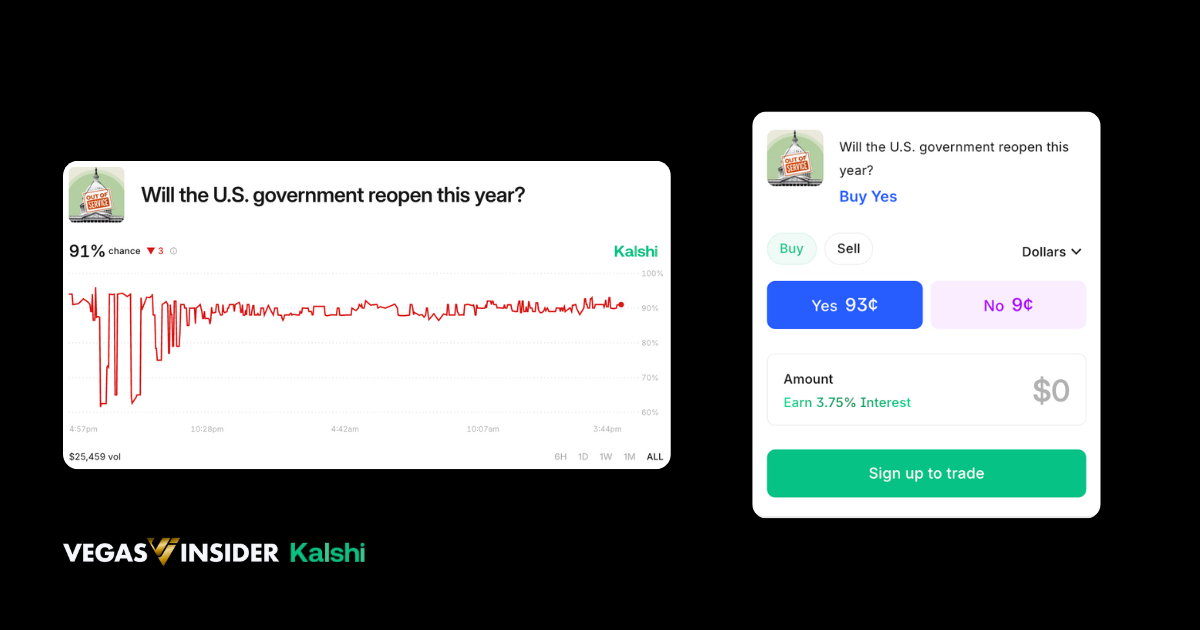
Kalshi is a prediction exchange regulated by the CFTC where you trade $1 contracts on real events like elections, sports awards, weather, and the government shutdown (you can even trade on pop news like Taylor Swift's new album prediction). Contracts settle at $1 if the outcome hits, or $0 if it doesn’t, so pricing reflects trader expectations in real-time.
Kalshi also listed the government shutdown as a standalone event, which is why you’ll see multiple timelines tied to when it ends.
HOW TRADING WORKS ON KALSHI
Open an account, verify, and deposit by debit card, bank transfer, crypto, or wire. Search markets, choose a contract, and buy at the current pricing. You buy at the current price; every contract settles to $1 or $0.
CONTRACT MATH EXAMPLES (SHUTDOWN OVER/UNDER 35 DAYS)
How the pricing works: the contract price is what you pay now for a $1 outcome later. Higher price means the market thinks it’s more likely, which also means less upside. Lower price means longer shot, bigger upside if it hits.
- Under 35 days: if you think the government shutdown ends before 35 days and the contract trades at $0.24, 100 contracts cost $24. If it hits, you get $100, a $76 profit. If it misses, you lose $24. That setup implies roughly a one in three chance the shutdown ends before 35 days.
- More than 35 days: if that side is pricing at 77%, 100 contracts cost $77. A correct call returns $100, a $23 profit. If the outcome misses, the $77 stake is lost. The opposing No on that view was around 25%, the mirror of the same market read.
To see the risk-reward extremes:
- High-probability side: 100 contracts at 92% cost $92 and return $100 if it hits, an $8 profit.
- Long-shot side: 100 contracts at 8% cost $8 and return $100 if it hits, a $92 profit.
In short, prices show trader expectations in real-time and turn probabilities into dollars. You pick your spot: more certainty with smaller payoff or longer odds with bigger upside.
CURRENT CONTEXT ON THE GOVERNMENT SHUTDOWN MARKET
The government shutdown started when Congress failed to pass full-year funding or a short resolution to keep agencies open. When that happens, non-essential services pause, some workers are furloughed, and certain payments or reports can be delayed. It's not the whole U.S. government going dark, but it is a real impasse that touches daily life and business.
By late October, about 23 days in and a week from November, trading volume on the Kalshi government shutdown market was over $16 million. Contracts list timelines like 35+ and 70+ days, a simple way to trade the clock. You’re trading time to a resolution.
Why people trade it: some want a clean, real-time view of whether the shutdown ends soon, others are hedging policy risk that could go into jobs data, earnings, or agency work. If you’re tracking headlines, the market gives you a live price on progress vs stalemate: odds rise for a quicker resolution when deals advance, and odds rise for a longer shutdown when they stall.
WHAT MOVES SHUTDOWN CONTRACT PRICES
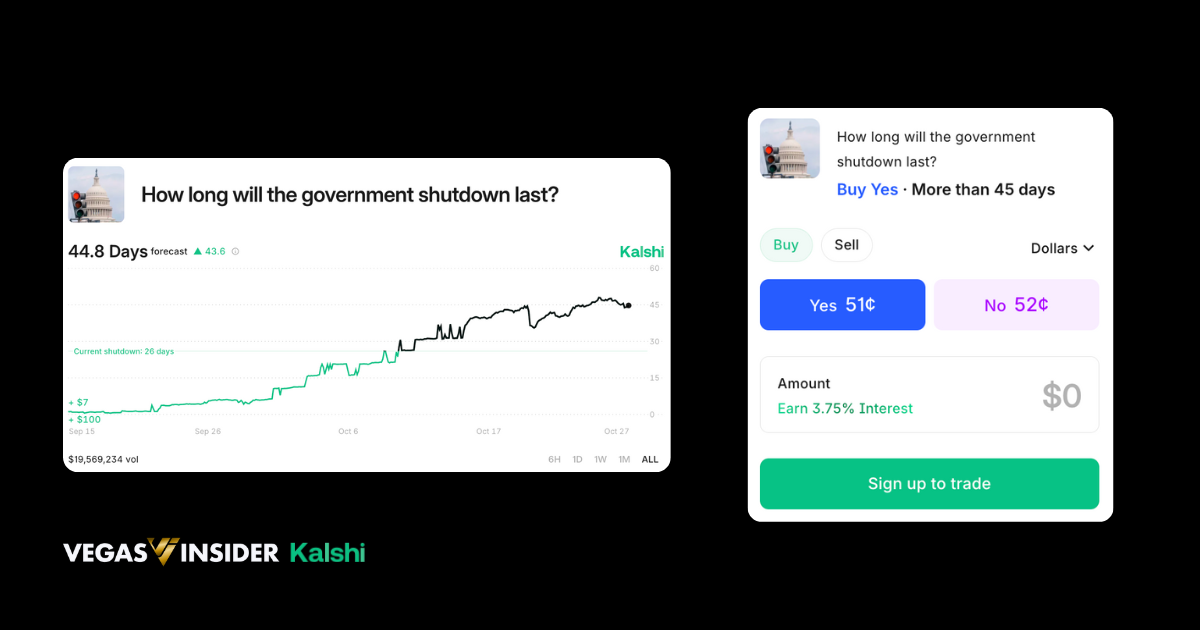
A shutdown signals partisan gridlock, and that backdrop can color how voters and markets read everything else in November. It also pulls more people into following government news, because there’s money on the line and timing matters.
For traders, this is information first and betting second. Prices compress headlines, whip counts, and trader expectations into a number you can act on. When participation grows, you get a cleaner read. As of late October, the market implied about 44 days for this run, which would clear the 35-day stretch from 2018-2019.
Not a poll, not a speech, just the latest price on when the doors fully reopen. It's the kind of informal but useful formal forecasts that markets provide in real time.
WHY THE SHUTDOWN MARKET MATTERS
Prices are set where buyers and sellers meet. More demand for “Yes” pushes pricing up; heavy selling pulls it down. Trading volume matters too, as deep books calm the tape and thin books swing. Fresh news moves it: press conferences, leaked whip counts, or fiscal tweaks that bring holdouts onside.
When there’s little sign of progress, the “lasts longer” side tends to get bid. If a deal is expected, odds for a quicker end rise. Order flow also respects recent history: after failed votes or blown deadlines, traders usually price in more time.
One issue? A lot of prediction markets cool near a set expiry as the outcome gets obvious. Here there’s no fixed expiry. The shutdown comes to an end when Congress passes funding and the president signs it, so it can land any day, and prices keep moving until the ink is dry. In that sense, these prices act like informal but useful formal forecasts of timing.
KALSHI’S TRACK RECORD AND THE POLICY/LEGAL BACKDROP
Kalshi spent years fighting the CFTC over political and policy listings. The agency called them “gaming” and “against the public interest,” and moved to block them. Kalshi sued, won in 2024, and the CFTC dropped its appeal in 2025. The exchange now lists these markets under CFTC oversight, alongside other platforms.
Skeptics note that money wagered is small next to the broader electorate, but traders value pricing that updates off real information, not polls. Around the 2024 Presidential Election, market prices tracked the final outcome, a reminder that prediction markets can give you a real-time snapshot when the news cycle is noisy.
TRADING RESPONSIBLY
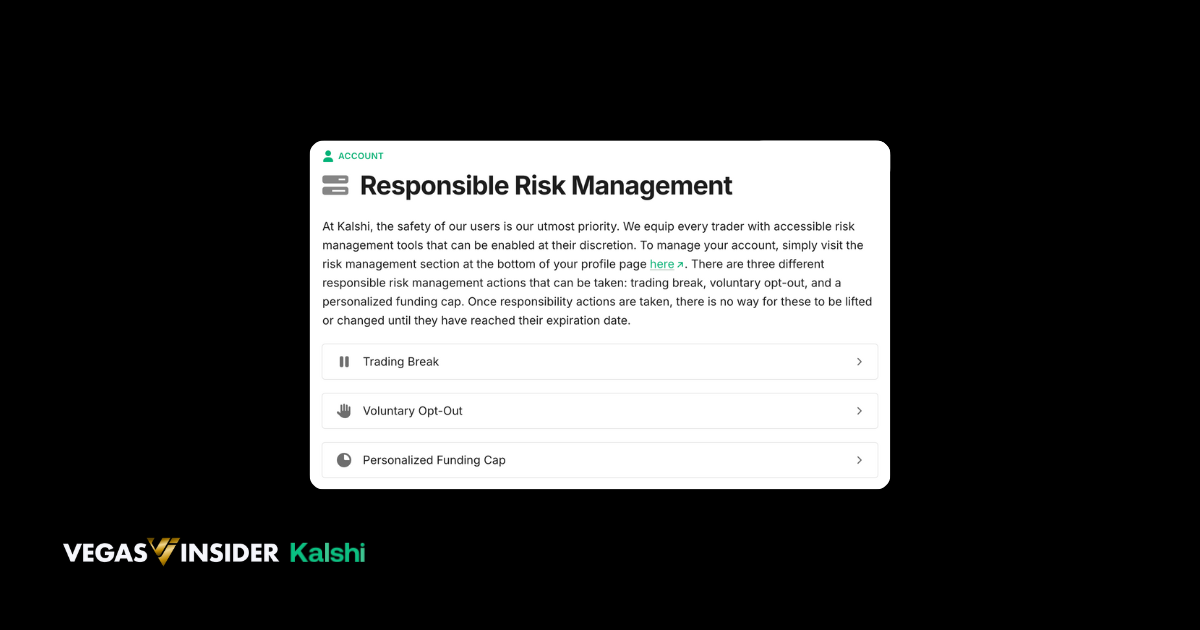
Treat these as volatile. A contract priced at 90% can still miss. Plus, prices move with trader expectations, fresh news, and trading volume, so size positions accordingly. You can also sell early, so if pricing moves your way before the shutdown ends, you can take profit without waiting for the final resolution.
Use the Kalshi government shutdown market for information first, potential profit second. No guarantees, just live pricing that updates by the day as the government standoff continues.
KALSHI GOVERNMENT SHUTDOWN FAQS
IS KALSHI LEGAL IN THE UNITED STATES?
Yes. Kalshi is a CFTC-regulated prediction exchange legal in all 50 states, Washington, D.C., and the U.S. territories of Guam and American Samoa. A few states, like New Jersey, Nevada, and Maryland, challenged the setup, but courts sided with the platform. At sign-up, you’ll verify with a linked bank account tied to a U.S. residential address.
HOW DO I TRADE THE KALSHI GOVERNMENT SHUTDOWN MARKET?
Create an account and confirm the codes sent to your email and phone, log in and choose your preferred payment method for deposits (debit card, bank transfer, crypto, or wire). Open the Kalshi government shutdown board, pick a timeline (for example 35+ to 70+ days), and buy at the current pricing. Every contract settles to $1 or $0, so your entry price sets both risk and return.
WHAT DETERMINES SETTLEMENT FOR SHUTDOWN CONTRACTS?
Settlement happens when the government officially reopens. That means Congress passes funding or a continuing resolution and the president signs it into law. Kalshi confirms using official sources like Congress.gov, WhiteHouse.gov, and USA.gov. Once confirmed, the outcome is graded and funds move.
CAN I WITHDRAW MONEY AT ANY TIME?
Yep, you can withdraw by bank transfer, debit card, or crypto.
- Crypto: asks for a prior crypto deposit; typically about 30 minutes, with network-based fees.
- Debit card: generally instant, with a $2 fee.
- Bank transfer: no fee from Kalshi, but expect 3-5 business days.
DOES KALSHI OFFER OTHER POLITICAL PREDICTION MARKETS?
Yes. Beyond the government shutdown, you’ll find prediction markets across sports and real-world events, including NBA's MVP, Bitcoin’s high for the year, mayoral and gubernatorial races (for example New York City Mayor, New Jersey Governor), and which party wins the 2028 Arizona Senate seat.
Featured News
-
 FEATURED DEC 14, 2025
FEATURED DEC 14, 2025NFL Week 15 Odds: Lines, Spreads, Betting Trends for Every Game
-
 FEATURED DEC 11, 2025
FEATURED DEC 11, 2025Who Will Be Michigan’s Next Head Coach?: Michigan Next Head Coach Odds
-
 FEATURED DEC 14, 2025
FEATURED DEC 14, 2025NFL Week 15 Predictions: Bills vs. Patriots Under on the Total
-
 FEATURED DEC 13, 2025
FEATURED DEC 13, 2025Philip Rivers Odds: Will Philip Rivers Play For An NFL Team This Season? Rivers Slated to Start
-
 FEATURED DEC 14, 2025
FEATURED DEC 14, 2025Kyle Tucker Next Team Odds: Blue Jays Jump To The Top Of The List
-
 FEATURED DEC 12, 2025
FEATURED DEC 12, 2025NFL: Chargers vs. Chiefs, Prediction, Odds


